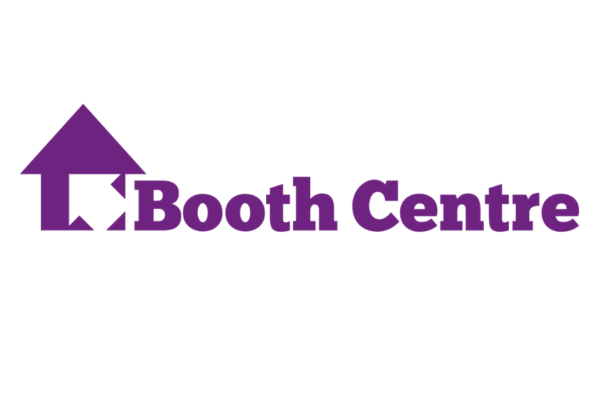
How to use stories to build trust, empathy and rapport
Our past two virtual meet ups have focused on how we can make a sales and marketing message more effective. As usual, we were joined by the fantastic Calum Kilgour and John Bissett from Slingshot Edge who swear by the art of storytelling when selling.
Telling stories about other customers that the sellers have had in a similar situation to the one they’re speaking to helps to build credibility. Not only does this build credibility about the solution and the seller’s ability to deliver it, it also aids their level of trust as they find out more about the seller as a person. The seller makes the tricky move from being an external entity to someone who the buyer wants to work with. This advice becomes obsolete for someone who doesn’t much experience and therefore doesn’t have many stories to tell. In this case, it could be worth making one up! If the seller is simply firing questions at the buyer then it becomes an interrogation so it’s great to be enthusiastic get creative (within limits obviously, keep it relevant!)
There’s still a result that you want people to buy into. Is it important to include stats and figures or is it more effective to have a story that is not centred around results?
It is far more effective and engaging to tell a story naturally and not lead with facts and figures. Introducing our trusty chimp brain who takes charge in these situations. The chimp part of the brain is emotional, and the human side is rational. If we immediately start churning facts, figures, ROIs, BLTs and whatever else, we bypass the emotional side of the brain and go straight to, *shudders*, the rational side. How boring is that?! Not only is it boring and a sure way to send someone to sleep with their eyes open, we are missing a massive trick as the chimp/emotional part of the brain is FIVE times more powerful than the logical side therefore is the ultimate Decision Maker. That isn’t to say leave out ROIs completely – the buyer still wants to know what they’re going to gain. It’s just going to be much more effective in getting that chimp side of the brain on board if it’s covertly included in a story.
What are some ways in which we can tell our stories to our buyer?
Case studies are an excellent way to tell a story. People that want to work with a company will naturally be interested in what challenges said company has had – especially if it’s a similar scenario to what they might find themselves in. What organisations often get wrong with case studies is depict themselves as The Hero. This kind of narrative is not going to work on an organisation that you want to do business with – everyone wants to be The Hero! A top tip is to emphasise how the organisation overcame the challenge with your help or support.
In line with making the buyer the center of the conversation, a switch in the pronouns used can make a massive difference in evoking empathy and trust. Rather than insisting ‘we’ did this, ‘I’ did that, ‘our’ solution did this, try flipping the pronouns to ‘you’ can do this’, ‘your company’ can do that. This allows the buyer to think about their own situation and imagine their problem being fixed with your solution. How do you feel when you’re talking to someone and the conversation is dominated by other person only speaking about themselves? You probably end up not paying attention to what the other person is saying!
Have you ever asked your buyer what doubts they had before proceeding to do business with you? Chances are other organisations will have the same concerns. This is such a simple way of curating a story that will address what other, similar organisations have voiced concerns about and how you (the seller) have reassured them on these doubts. Some people are scared to do that and that’s understandable – portraying a negative goes against everything we think we know about marketing our services! However, this humanises the seller by showing vulnerability as well as the confidence in their own solution or product by addressing the doubts.
Need any more convincing that telling a story to sell your solution, service or product is the way to go? Stanford University has found that if you wrap your message with an interesting and engaging narrative, it becomes 22 times more memorable.



